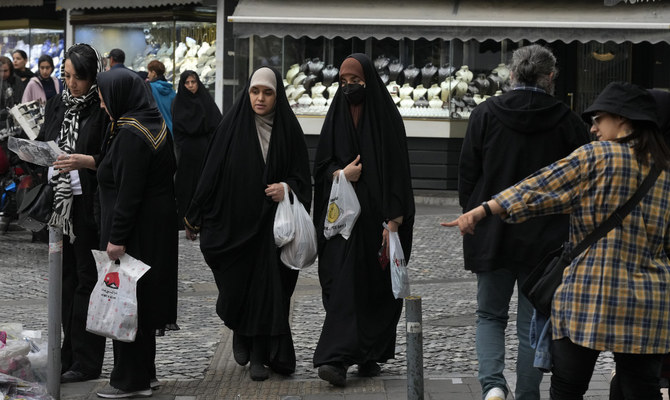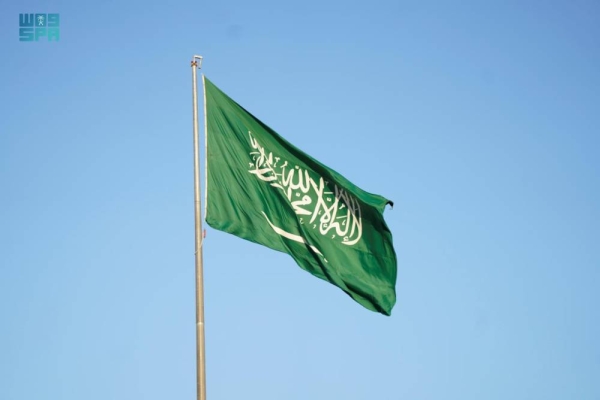
Nowruz, which means “new day” in the Persian language, is the most important festival of the year in Iran. It is also one of the oldest festivals in the world. Millions of Iranians, regardless of their religion, race, faith or ethnicity, will on Tuesday celebrate this ancient and traditional Iranian festival. Nowruz, a pre-Islamic holiday, has been celebrated for nearly 3,000 years and marks the first day of spring, the rebirth of nature and victory over darkness.
Nowruz is considered to be a secular holiday that has roots in the Zoroastrian faith. Some of the most popular customs and traditions of Nowruz include Haft Sin, which represents seven symbols to celebrate the beginning of the Iranian new year. Seven different items that start with the same letter are arranged on a table: sabzeh (green sprouts from lentils, wheat, barely or citrus seeds) which symbolizes rebirth; serkeh (vinegar), which is a symbol of patience and immortality; seeb (apple), which is a sign of health and fertility; sumac, which represents compassion and love; seer (garlic), which is thought to protect the person from evil and affliction; senjed (silverberry), which also represents affection and love; and samanu, a brown-colored pudding made from wheat that is a symbol of abundance and affluence.
It is also common to see other items on the Haft Sin table, such as colored eggs, coins, mirrors, candles, clocks and, most importantly, goldfish, along with traditional Persian confections. In addition, it is customary to add a book, which represents wisdom, such as “Avest” (a collection of religious texts of Zoroastrianism), the “Shahnameh” (an epic poem written by Ferdowsi), the “Divan of Hafez” (a collection of poems by the Iranian poet Hafez) or the Qur’an.
Besides these customs and traditions, Nowruz represents several important themes in Iran. I recall that among the key themes are to make amends, reconcile, forgive, promote peace and love, and seek forgiveness for one’s wrongdoings.
Major house cleaning occurs usually the week before Nowruz and people buy flowers (tulips, hyacinths or roses are popular) and new clothes. Commonly eaten on the eve of Nowruz is sabzi polo, which is rice made from herbs (dill, chives, coriander, garlic and parsley) and is served with fish.
Nowruz is preceded by Chaharshanbe Suri (the festival of fire), an ancient festival held on the last Wednesday of the Iranian year. People sing, dance and jump over fire. Fire is a symbol of health and strength in the Zoroastrian faith. People also hold hands and jump over fire as a sign of friendship, to heal family divisions or to cleanse oneself of the unhappiness or physical or emotional illnesses of the past year, as well as to prepare for Nowruz.
The holiday has been celebrated for nearly 3,000 years and marks the first day of spring, the rebirth of nature and victory over darkness.
Dr. Majid Rafizadeh
Nowruz is also celebrated by many Iranians abroad, as well as by many groups of people in several other countries along the Silk Road, including Afghanistan, Azerbaijan, India, Iran, Iraq, Kyrgyzstan, Kazakhstan, Pakistan, Tajikistan, Turkey, Turkmenistan and Uzbekistan. Nowruz was added to the UNESCO List of the Intangible Cultural Heritage of Humanity in 2009. And the UN General Assembly proclaimed March 21 International Nowruz Day in 2010.
Finally, in Iran, Nowruz holidays go on for 13 days. Relatives and friends visit each other (the younger are expected to visit the elderly first, out of respect). Guests are offered tea, cookies, pastries, snacks, fresh and dried fruits, and mixed nuts. On the 13th day, known as Sizdah Bedar, families go outdoors for picnics. Playing pranks is also customary on Sizdah Bedar, similar to April Fool’s Day. Many Iranians also travel to Fars Province in order to congregate at the tomb of Cyrus the Great.
Unfortunately, the economic situation of the country has placed financial pressure on many people. Azita, a school teacher and mother of three living in Tehran, said: “This is the second year that I cannot afford to entertain guests with fruits, pastries or mixed nuts. These are very expensive now. I can only offer tea. My family and parents never had such a financial problem in the past. I am very embarrassed. But many other people are in the same situation as well.” One of the problems ordinary people face is that the value of Iran’s currency has plummeted, falling as low as 500,000 rials to the US dollar. This has negatively impacted people’s purchasing power. This is all happening while the unemployment rate and inflation are very high.
In summary, not only does Nowruz mark the first day of the year and spring in Iran, it is a cultural symbol of unity, joy, peace, love, health, strength and forgiveness. Happy Nowruz to all Iranians and those who celebrate it around the world. May the new year bring happiness, peace, love, health and strength to all.
• Dr. Majid Rafizadeh is a Harvard-educated Iranian-American political scientist. Twitter: @Dr_Rafizadeh
Disclaimer: Views expressed by writers in this section are their own and do not necessarily reflect Arab News" point of view












